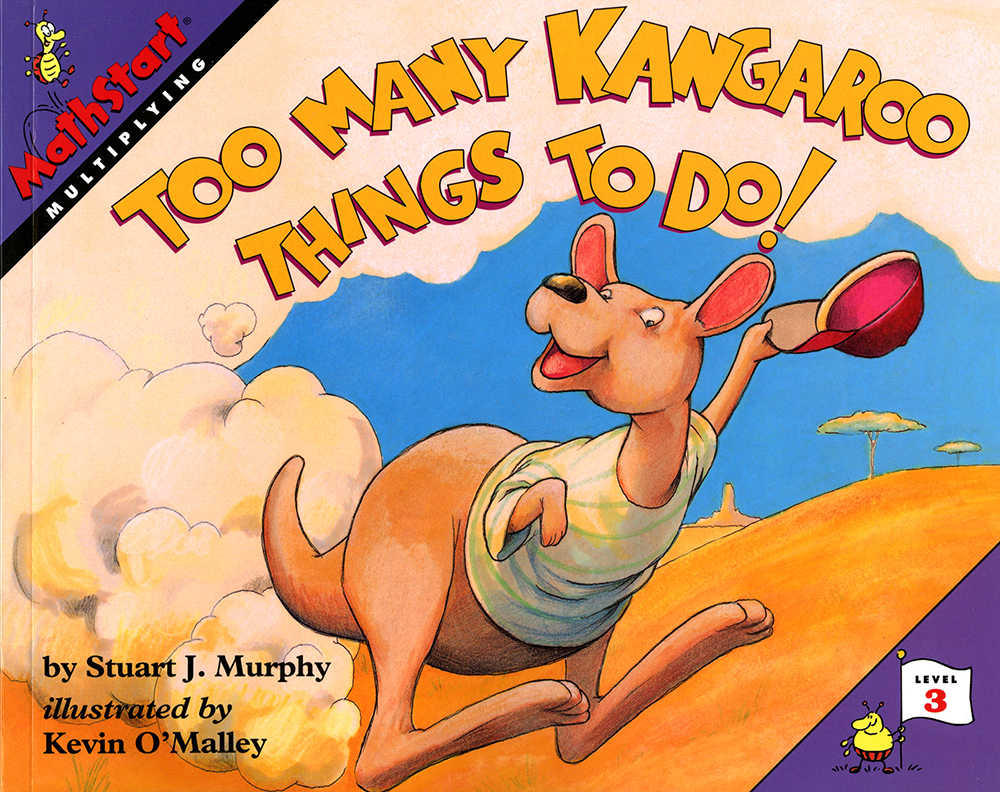The Leaves Are Falling One by One
POSTED BY JESSICA SAPKOVSKI
Title:
The Leaves Are Falling One by One
Author
and Illustrator: Steve Metzger, Miriam Sagasti
Recommended
Grade Label: 3 years old – K
Common
Core Standards Addressed:
CCSS.MATH.CONTENT.1.NBT.A1
Count to 120, starting at any number less than
120. In this range, range, read and write numerals and represent a number of
objects with a written numeral.
Common
Core Standards for mathematical practice:
CCSS.MATH.PRACTICE.MP2:
Understanding the concept of using pictures,
objects or numbers to solve problems.
Summary:
This book is about counting the leaves that are falling one by one
during the season of fall. This book illustrates different scenarios that
happen in the forest with children and animals were the leaves are falling one
by one. The children and the animals are
watching and touching the leaves falling down. The story keeps on going from
the numbers 1-10. The children and animals are having a good time playing with
the leaves and counting them. At the end they all jump together into all the
different types leaves on the ground.
Ratings
*****: I like it! I think this is a good book for children
to learn how to count one by one. In addition, this book is great because it
has repetition and visual involvement, which helps engage children. Also this
book promotes adding in a fun and entertains form.
Classroom
Ideas: Some
of the ideas I that I would like to introduce in my lesson plan with this book
would be singing a song about autumn. Also while reading the book I would
include the use body language, gestures, and a slow tone of voice. To assets
children understanding I will ask to them to do an activity. A fun way can be
collecting different types of leaves with children. Them ask students in a piece
of construction paper to glue 1-10 leaves. Also they can make a tree with the
leaves they collected.




